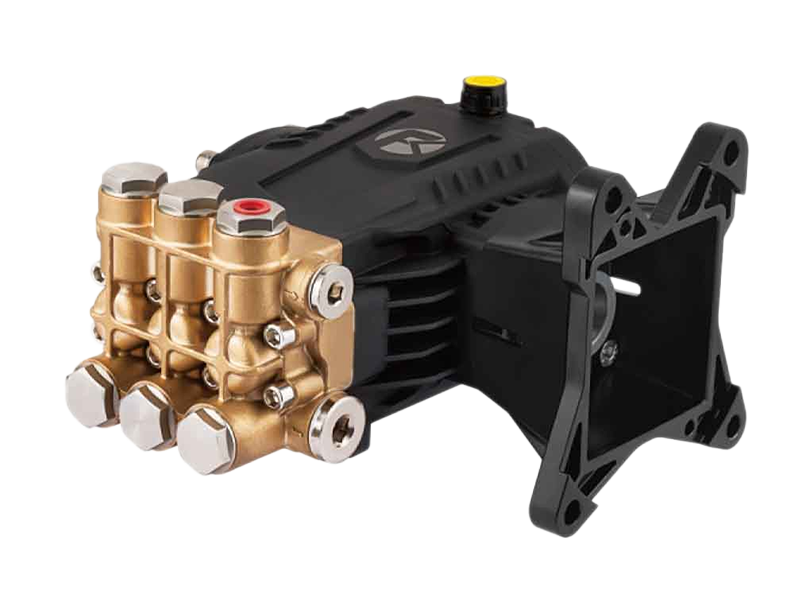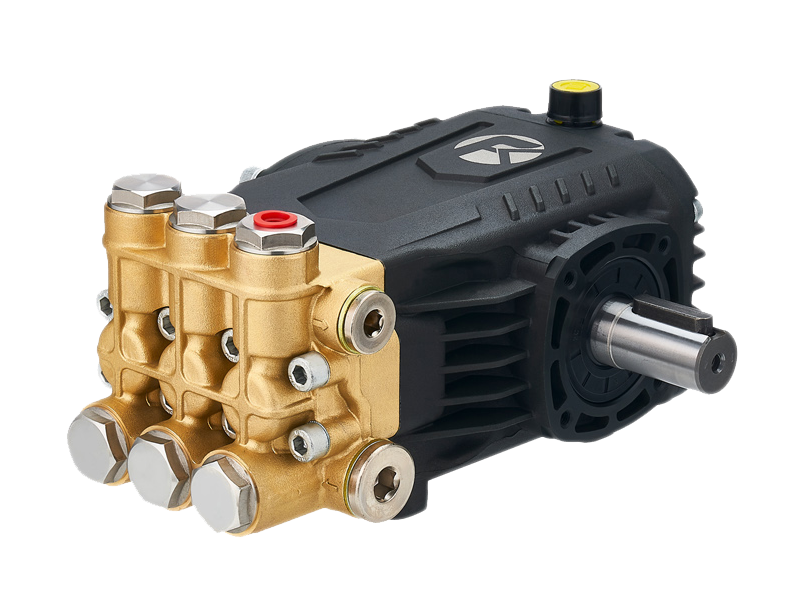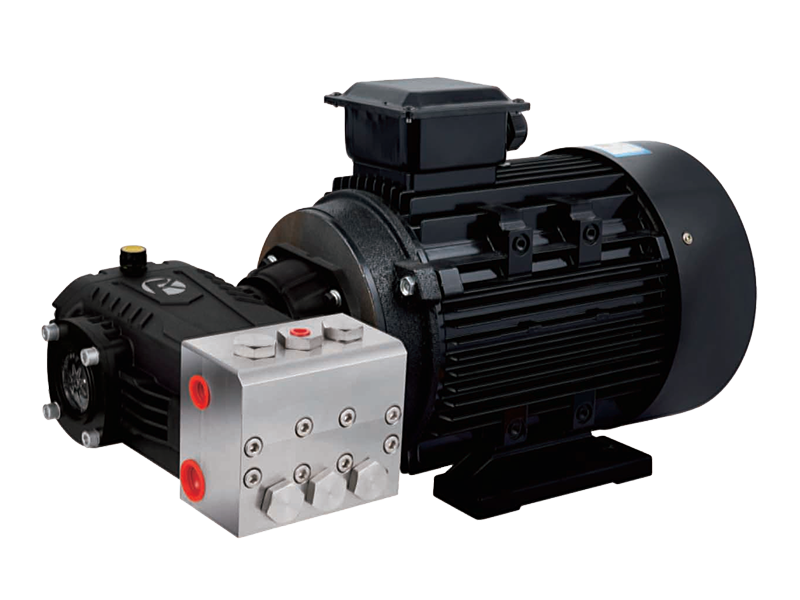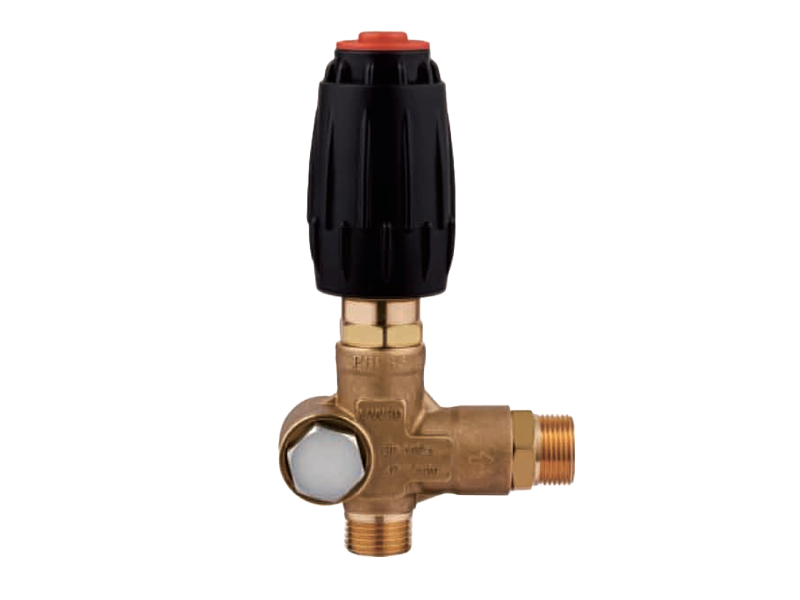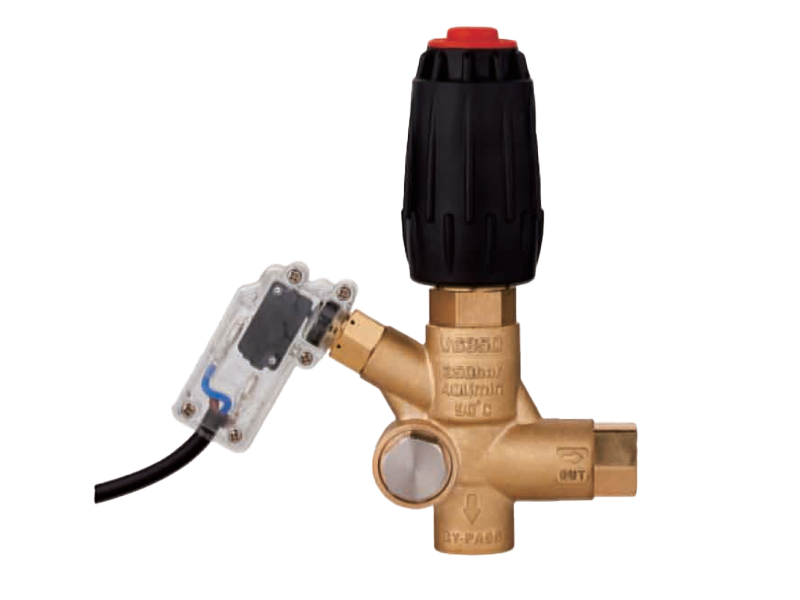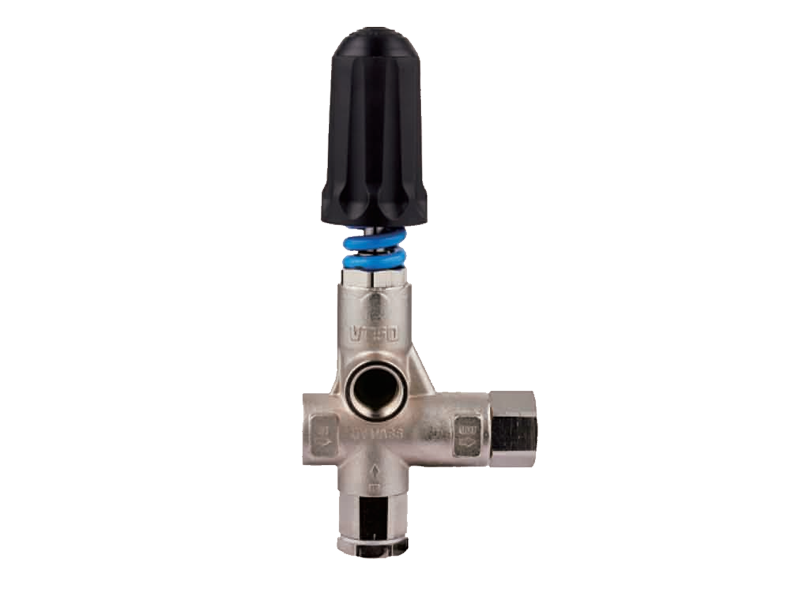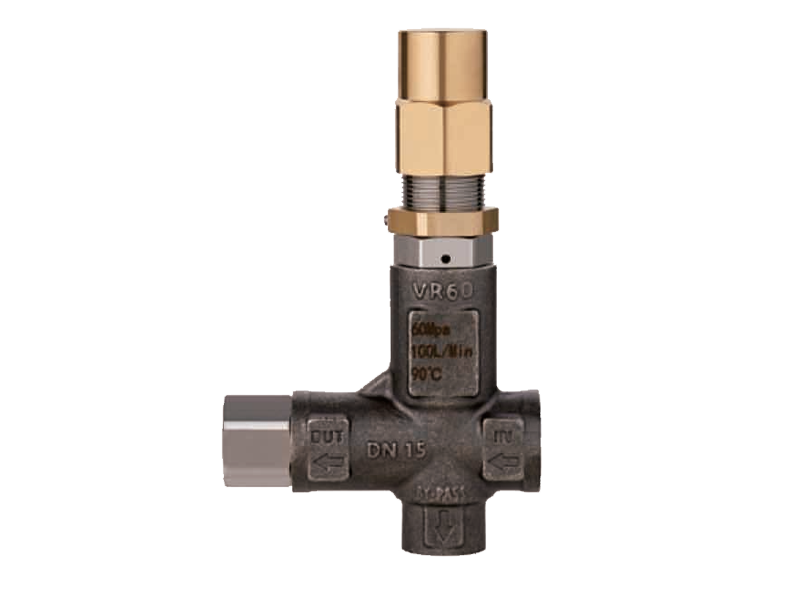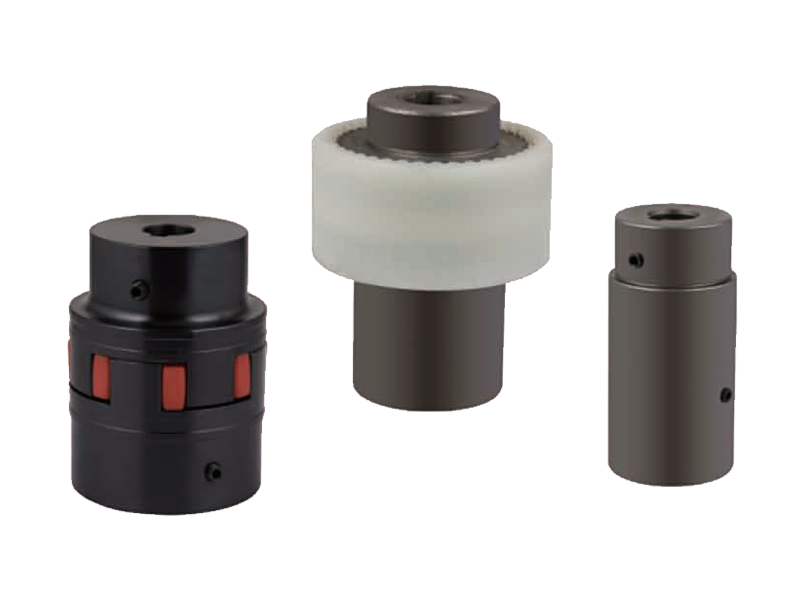Places to Pay Attention to After Operating The Pressure Washer
Proper maintenance after using a high-pressure washer is crucial for extending its lifespan and ensuring optimal performance. Whether you're using a high-end pressure washer, a mechanical pressure washer, or a high jet pressure washer, taking a few extra steps after each operation can prevent unnecessary wear and tear and reduce the risk of future breakdowns.

1. Cleaning the Hose and Filter
One of the most important tasks after operating a high-end pressure washer is cleaning the hose and filter. When detergents are used during the cleaning process, residue can often remain in the hose or filter, which can lead to clogs, corrosion, or even a reduction in the washer’s efficiency. After every use, ensure you run clean water through the system to flush out any detergent or debris that may be left behind.
For mechanical pressure washers, this is particularly important, as their components are more susceptible to damage from accumulated debris or chemical residues. To keep your pressure washer operating smoothly, take the time to thoroughly clean the hose and filter. This simple task can extend the life of your high-end pressure washer and help maintain its performance over time.
2. Turning Off the Water Supply
Another crucial step is turning off the water supply connected to the high-end pressure washer. If the water remains connected after use, there is a risk of pressure build-up in the system, which could cause unnecessary stress on the machine’s internal components. Make sure to properly disconnect the water supply and relieve any remaining pressure in the system. This step is particularly important for high jet pressure washers that operate at extremely high pressures, where even a small issue with pressure buildup can cause significant damage.
3. Releasing Pressure from the Trigger
Once the water supply is turned off, it’s essential to release the pressure inside the hose and trigger mechanism. This step should not be overlooked, as the pressure within the hose can remain high even after the water supply is disconnected. Failing to release the pressure can lead to malfunctioning of the trigger or cause other internal components to become strained. A high jet pressure washer is designed to handle intense pressure, but regular release of built-up pressure will ensure that it continues to function effectively.
To do this, pull the trigger on the gun after the water supply is turned off. This action will release any excess pressure and prevent damage to the internal mechanisms of the washer.
4. Disconnecting and Storing Spark Plug Connection
If you're using a mechanical pressure washer with an engine, it's essential to disconnect the spark plug connection after use. This simple task prevents accidental starts when you are not ready to use the washer. Moreover, leaving the spark plug wire connected could lead to problems with the ignition system or cause unnecessary strain on the engine. After disconnecting the spark plug, store the pressure washer in a safe, dry place to avoid environmental damage, particularly in humid or wet conditions.
5. Additional Post-Operation Checks
While the aforementioned tasks are the most critical, it's also a good idea to periodically check other components of your high-end pressure washer. For instance, check the pressure washer’s nozzle and spray wand for clogs or signs of wear. Clean or replace them as necessary to ensure they continue to work efficiently. Also, inspect the hose for any signs of damage, such as kinks or cracks, that could affect performance or cause leaks.
If you're using a high jet pressure washer for industrial or commercial purposes, it's important to pay extra attention to its overall performance. Regularly check the motor, pump, and trigger mechanism for any signs of trouble. For mechanical pressure washers, servicing the internal components such as the pump and motor is essential for keeping everything in good working order.
By following these simple but essential maintenance steps, you can prevent costly repairs, reduce the likelihood of malfunction, and ensure that your pressure washer is ready to tackle your next cleaning task.


 English
English Español
Español русский
русский